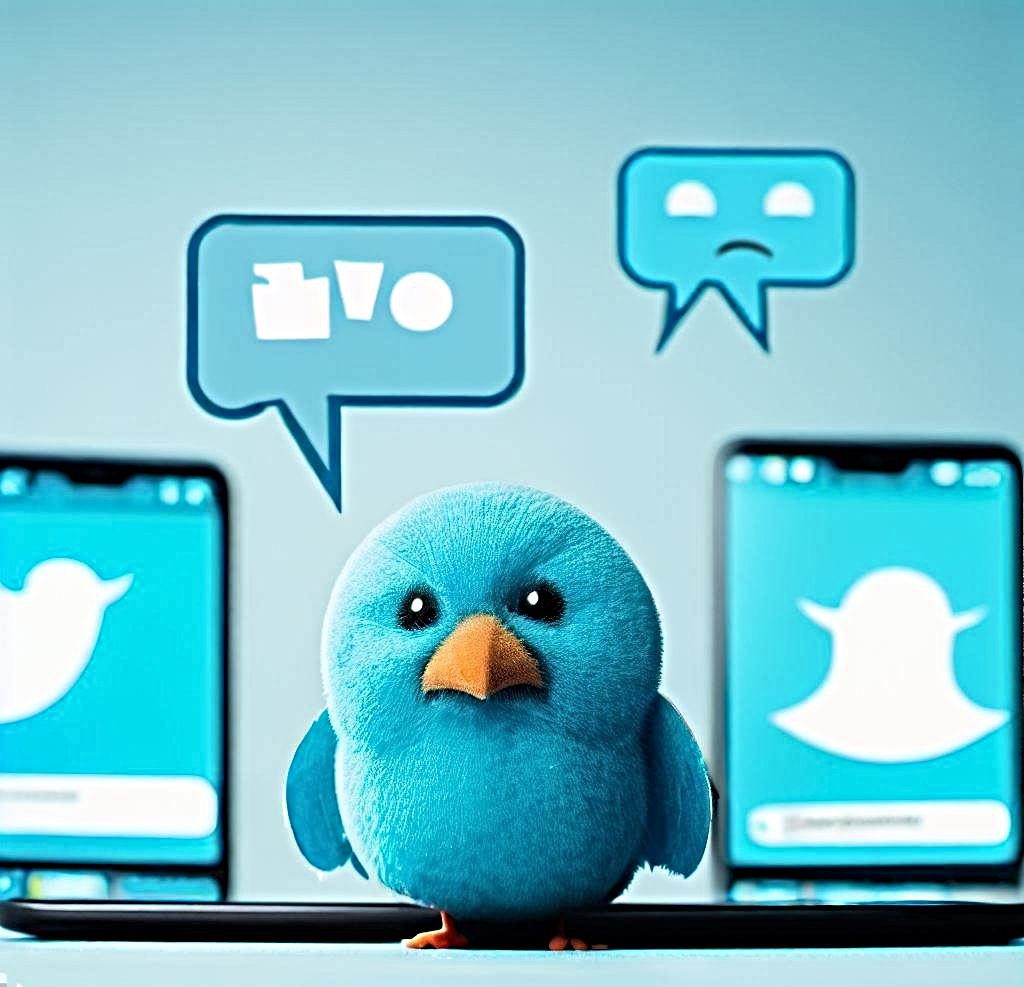What is Threads, The New Meta App, and How Does it Work?
Threads was launched, the new social network from the company Meta —formerly Facebook— which seeks to compete with Twitter. This novelty of the virtual world comes at a time when the Twitter platform, recently owned by Elon Musk, announced a series of changes that caused a stir among its users.
How is Threads similar to Twitter and Instagram?
Threads is a social media app that allows users to create short posts, or “threads,” of up to 500 characters. Threads can include links, photos, and videos of up to 5 minutes in length. The app is designed to be a more intimate and personal way to connect with friends and family.
Threads is similar to Twitter in that it focuses on short, text-based posts. However, Threads differs from Twitter in a few key ways:
- Threads is designed to be a more personal and intimate platform.
- Threads posts are only visible to the user’s close friends, which creates a more intimate and private space for sharing thoughts and experiences.
- Threads allows users to include links, photos, and videos in their posts. This makes Threads a more versatile platform for sharing content.
Threads is still in its early stages, but it has the potential to be a popular social media platform. The app’s focus on intimacy and personalization is appealing to many users, and the ability to include links, photos, and videos in posts makes Threads a more versatile platform than Twitter.

Threads Platform Features and Similarities with Other Apps
Although it is a separate platform, Threads App uses the same username and profile picture as the Instagram App. The mechanics of blocking, restricting or reporting profiles are also the same. In fact, accounts that are blocked on Instagram will automatically be blocked on Threads.
In addition, there is the option to follow the same users and you can configure the profile privately to select whether your own Instagram followers can follow you in Threads automatically or if, on the contrary, only some can do so. specific accounts.
The main “feed” each user will see will consist of Twitter-like “Threads” posted by the accounts they follow, as well as recommended content from new creators. In this sense, the profiles will be able to configure their thematic interests based on keywords that will filter the results.
Added to this, the platform has detailed that a Threads post can be easily shared in Instagram stories or as a link on any other platform.

In an Instagram post, the head of this social network, Adam Mosseri, said that he hopes that Threads will be a space where “communities come together to discuss everything”, and deepened: “From the topics that interest you today to what will be trend tomorrow. In addition, he stressed that it will serve to publish content as well as to join the “public debate”.
In fact, it was made by the same Instagram team and some of the first users to become part of the app have also been Meta executives such as the aforementioned CEO, Mark Zuckerberg , and Mosseri.
The Evolution of Social Media Platforms
Social media has become an integral part of our lives. We use it to stay connected with friends and family, to share news and information, and to express ourselves. But how did social media evolve to become the ubiquitous force that it is today?
The Early Days of Social Media
However, it was not until the late 1990s and early 2000s that social media as we know it today began to take shape. With the advent of platforms like SixDegrees.com, Friendster, and My Space, the concept of creating personal profiles and connecting with friends online gained popularity. These platforms allowed users to build networks of friends and share information about themselves.
In 2004, the landscape of social media changed dramatically with the launch of Facebook. Originally limited to college students, Facebook quickly expanded its user base and introduced features like the News Feed, which aggregated updates from friends into a single stream. This innovation revolutionized the way people interacted and shared content on social media.
The following years witnessed the rise of various social media platforms, each offering different features and targeting specific demographics. Twitter, launched in 2006, introduced the concept of microblogging, enabling users to share short messages or “tweets.” YouTube, founded in 2005, became the go-to platform for sharing and consuming video content.
In 2010, Instagram emerged as a photo-sharing app, allowing users to apply filters and share visually appealing images. It quickly gained traction and attracted a younger demographic. Around the same time, Pinterest offered a digital pin board where users could discover and save visual inspiration.
Social media continued to evolve with the introduction of Snapchat in 2011, which popularized ephemeral content and augmented reality filters. LinkedIn, established in 2002, focused on professional connections and career networking. Meanwhile, platforms like WhatsApp and WeChat transformed the way people communicate by providing messaging services with rich multimedia capabilities.
Today, social media has become an integral part of our daily lives. It has revolutionized communication, entertainment, marketing, and activism. People can connect with friends and family across the globe, share their thoughts and experiences, discover new interests, and engage with content from around the world.
However, the history of social media is not without challenges. Privacy concerns, fake news, cyberbullying, and addictive behaviors have been some of the issues associated with its widespread usage. Social media platforms and society continue to grapple with finding the right balance between connectivity, user safety, and responsible content dissemination.
As technology advances, it will be fascinating to see how social media evolves in the future. New platforms and innovations will likely emerge, shaping our digital interactions and redefining how we connect and share information online.
Check our guide for the Best Time to Post on Facebook and Social Media in Egypt
The Future of Social Media
Today, social media is a worldwide force in our lives. We use it to stay connected with friends and family, to share news and information, and to express ourselves. Social media has changed the way that we live, and it is likely to continue to evolve in the years to come.
What Are The Key Factors Driving the Evolution of Social Media Platforms
- The rise of the internet: The internet has made it possible for people to connect with each other from all over the world. This has led to the growth of social media platforms, as people have sought out new ways to connect with others.
- The development of mobile devices: Mobile devices have made it possible for people to access social media platforms on the go. This has led to a surge in the use of social media, as people can now connect with others from anywhere.
- The increasing popularity of visual content: Visual content, such as photos and videos, is more engaging than text-based content. This has led to the growth of social media platforms that focus on visual content, such as Instagram and TikTok.
- The need for personalization: People want to be able to personalize their social media experience. This has led to the growth of social media platforms that allow users to customize their profiles and choose who can see their posts.

As The World Changes, So Too Will The Way We Use Social Networks
The new Threads app from Meta is a great example of how social media platforms are continuing to evolve. Threads is designed to be a more personal and intimate way to connect with friends and family. It allows users to share short, text-based posts, as well as photos and videos. Threads posts are only visible to the user’s close friends, which creates a more intimate and private space for sharing thoughts and experiences.
It will be interesting to see how Threads is used by people and how it evolves in the future. However, there is no doubt that Threads is a sign of the changing landscape of social media. People are looking for more intimate and personal ways to connect with others, and Threads is well-positioned to meet that need.
The evolution of social media platforms is a fascinating topic. It is amazing to see how these platforms have changed the way that we communicate and interact with each other. It will be interesting to see how social media platforms continue to evolve in the years to come.
One thing is for sure: social media is here to stay. It is a powerful tool that can be used for good or for bad. It is up to us to use it wisely and to make sure that it is used for positive purposes.
We hope you enjoyed this blog article about the evolution of social media platforms. If you have any questions or comments, please feel free to leave them below.




